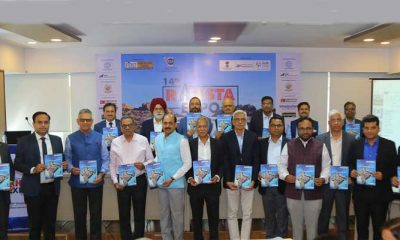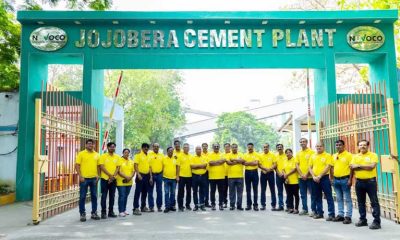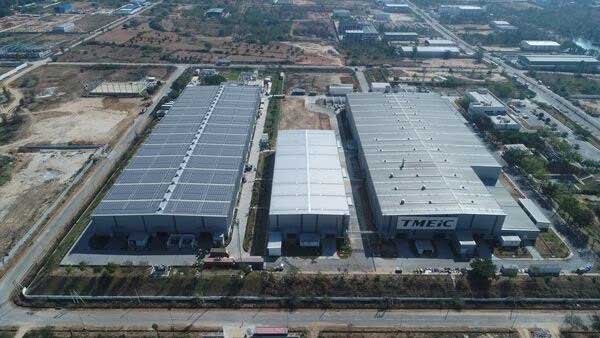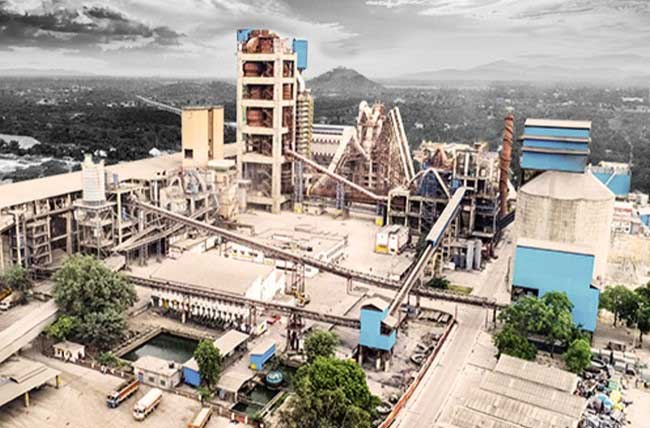While analysing the rising costs of cement and its impact on infrastructure and real estate development, one cannot ignore the major driving factor – bulk distribution. In spite of being a desirable solution, bulk distribution comes with its own set of challenges. ICR looks at the various ways in which the industry is facing off these issues.
The growing infrastructure of India is directly impacting the demand and consumption of cement in the country. With the government launching multiple campaigns, programmes and goals for the development of the nation, the cement industry becomes a key contributor towards realising those goals. According to a study conducted by market research giants, Research and Markets in 2021, the housing sector is the key contributor to the cement industry growth. It is estimated that about 60 per cent of cement is consumed by the sector. Demand will be further fueled by the non-trade segment, which is gaining momentum with the resumption of construction work of public infrastructure projects such as roadways and metros, after the lockdown. Amongst the five zones that India is divided into, the South will be the highest producer of cement with 33 per cent production amongst the total produced volume.
Distribution channels
The bulk transportation of cement in India takes place through three modes, i.e., ship, rail and road transports. India transports cement majorly through rail and only 3 to 4 per cent of the total production is transported through water routes.
Railways are used not only for the transportation of finished products, but also for transporting coal and raw materials from one place to another. Indian Railway provides a rake of 40 covered wagons that can carry approximately 2600 MT of cement. Each wagon has the capacity of carrying 64MT to 66MT of cement.
Road transport in the cement industry amounts to a bulk of cement being transported through roadways using trucks, trailers and tankers/bulkers that makes cement reach its distributors or customers at the final destination. This type of transportation is conducted directly from the packing plant and there is lesser loading and unloading of the material as compared to railway transport.
The rise in road transportation share has picked up from 36 per cent of total dispatches in the ’80s to over 65 per cent now. A majority of cement plants now have their own fleet of trucks and could benefit from the government’s enhancement of road infrastructure. Also, the cement industry is keen on promoting bulk loading of cement for more efficient handling leading to faster loading as well as evacuation, thus improving turnaround time. It offers advantages such as reduction in loss of cement, no seepage due to multiple handling or bag bursts. Besides, bulk wagons carry 40 to 50 per cent more cement, says a study conducted by Ernst & Young.
Further, the Cement Manufacturers Association of India states that cement transportation results in various losses due to bag burst, seepage, and loss of cement while multiple handling. To minimise such losses cement manufacturing organisations have started promoting bulk cement suppliers. The bulk cement suppliers deliver cement in bulk at construction sites in specially designed vehicles. This supply proves beneficial and convenient over procuring cement bags. This is very economical for the project developer also to procure cement in bulk without traces of moisture as the bulk cement is always untouched and directly transported to the construction sites.
-Kanika Mathur
Click here to read more

 Concrete1 week ago
Concrete1 week ago
 Economy & Market2 weeks ago
Economy & Market2 weeks ago
 Economy & Market2 weeks ago
Economy & Market2 weeks ago
 Economy & Market2 weeks ago
Economy & Market2 weeks ago























